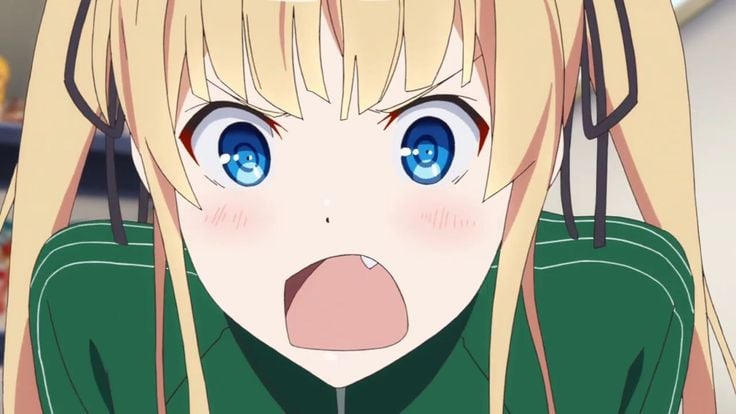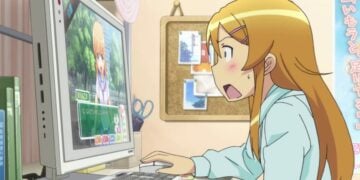Hello everyone. This is my new J-List side blog, wherein I’ll post various J-List and Japan related stuff, if I find the time. And if you have ever run a business, you know that that can be a challenge (the root of business being “busyness”).
For whoever doesn’t know me, I’m Peter of J-List. J-List is my company, a rather unique company based in Japan. We sell thousands of things from Japan, generally things that people have no idea exist, or which they know about but can’t get because they don’t live in Japan. We also send out our “postcards from Japan” emails three times a week, which I’ll be posting here for your reading pleasure. If you want a slice of life from Japan, we’ve got it for you.
Tonight I’m in a hurry since it’s time for the J-List bonenkai or year-end party. Got to go and eat, drink and sing karaoke — I’ll report later.
Today’s update is below. To see the actual items we’ve posted, go to http://www.jlist.com (if over 18) or http://www.jbox.com (if you want to see non-adult items only).
2004 is winding down, and everyone in Japan is experiencing what’s known as shiwasu (shee-WAH-soo). Originally the name of the twelfth month in the old lunar calendar, Shiwasu has come to mean “that extra busy couple of weeks that everyone experiences at the end of the year.” And December is a very busy time of year in Japan, when everyone seems to be in a hurry to get somewhere and do something. In addition to various Christmas-oriented preparations people may have, there are things to do to prepare for New Year’s Day, the most important holiday in Japan. December is also when everyone does oo-soji or “big cleaning,” cleaning their homes from top to bottom so they can enter the new year with a fresh start. Finally, December is the season for year-end parties, called bonenkai (lit. “forget the past year party”), a time when friends get together to reflect on all that happened over the past year. Companies also have bonenkai parties, a fun time for employees to eat, drink, and unwind as they say otsukare-sama deshita (“thank you for your hard work”) to each other. J-List’s year-end party is tonight, and in a couple of hours we’ll all be enjoying delicious food, drink and karaoke, Japan style.
Like all countries, Japanese have a unique set of business customs, some of which can feel quite different to outsiders. First of all, Japanese always carry business cards (called meishi or name cards), which are exchanged when meeting someone. Usually business cards are handed and received with two hands; when you receive someone’s card you should look at it for a few seconds then put it on the table, or in your jacket pocket (avoid sitting or writing on it). When negotiating a business deal, it’s customary for parties to put forth proposals that are pretty close to what they are willing to accept, and the concept of negotiating back and forth on price somehow feels “unclean.” Companies that have ongoing business relationships send gifts to each other in July (called Ochugen) and December (Oseibo). This year we gave sake from Gunma Prefecture to the various distributors and other companies that we do business with, and received various gifts in return. Crowd, the makers of X-Change, Brave Soul and other games, always sends us the best gifts — this year they sent fresh Hokkaido salmon roe (ikura), a favorite of my wife’s.
Do you want to go to Kentucky? In Japan, going to Kentucky means going to KFC, one of the most successful American businesses to enter the Japanese market, in business in Japan since 1971. While American food chains like McDonald’s usually make a lot of changes to the menu to make the food appeal to local tastes (Teriyaki Burger, etc.), KFC in Japan stays pretty close to their U.S. menu, offering original recipe and extra crispy chicken, popcorn chicken and one of our favorite menu items, the Twisters, a large chicken strip in a flour tortilla — just about the only thing approximating a burrito you can find in Japan. The company that runs KFC in Japan also operates the successful Pizza Hut chain here, however we’re not sure where Pepsi enters into the equation, as they sell Coke at both restaurants. McDonald’s has been putting a lot of price pressure on all competing restaurants over the past years, making KFC’s products look expensive by comparison. KFC combats this by emphasizing that they use Japan-grown chickens, whereas McDonald’s imports all its beef and chicken from Australia. KFC restaurants in Japan are always fun for gaijin visitors because they have life-size statues of Colonel Sanders in front of them (dressed up as Santa around Christmas). If you want to see what he looks like, here’s a picture: http://www.bigempire.com/sake/images/kfc2.jpg.
Three products I think are really cool:















